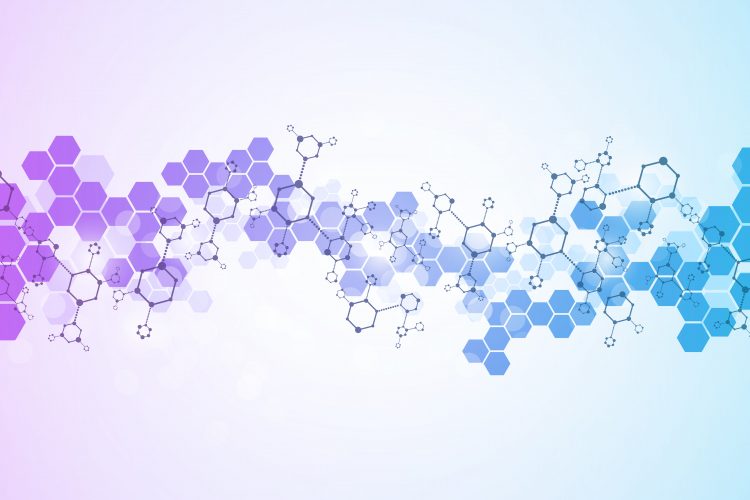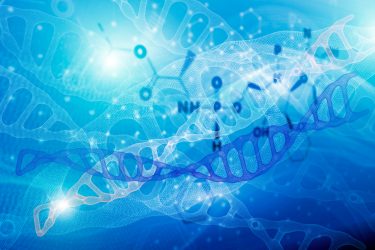Drug side effects: an open source tool to predict adverse reactions
Posted: 14 July 2020 | Victoria Rees (Drug Target Review) | No comments yet
Researchers who developed a machine learning algorithm to predict the adverse effects of new drug compounds have released it as an open source tool.


A multi-institutional group of researchers led by Harvard Medical School (HMS), US, and the Novartis Institutes for BioMedical Research (NIBR) has created an open-source machine learning tool that identifies proteins associated with drug side effects.
The researchers say the work, published in the journal EBioMedicine, offers a new method for developing safer medicines by identifying potential adverse reactions before drug candidates reach human clinical trials or enter the market as approved medicines. Scientists can use, improve and build upon the model, which is posted for free online here.
The findings also offer insights into how the human body responds to drug compounds at the molecular level in both desired and unintended ways.
“Machine learning is not a silver bullet for drug discovery, but I do believe it can accelerate many different aspects in the difficult and long process of developing new medicines,” said the paper’s co-first author Robert Ietswaart, from HMS. “Although it cannot predict all possible adverse effects, we hope that our work will help researchers spot potential trouble early on and develop safer drugs in the future.”
Drug side effects can range from mild to fatal. They may occur either when taking a drug as prescribed or as a result of incorrect dosages, interaction of multiple medicines or off-label use. Adverse drug reactions are responsible for two million US hospitalisations each year, according to the Department of Health and Human Services and occur during 10 to 20 percent of hospitalisations, according to the Merck Manuals.
…many of the algorithm’s previously unproven predictions matched recent real-world reports”
Researchers and health care providers have applied many tactics over the decades to avoid or at least minimise adverse drug reactions. However, because a single drug often interacts with multiple proteins in the body – not always limited to the intended targets – it can be hard to predict what side effects a medicine may generate. Furthermore, if a drug does end up causing an adverse reaction, it can be hard to identify which of its protein targets could be responsible.
In the new study, the researchers took one existing database of reported adverse drug reactions and another database of 184 proteins that specific drugs are known to often interact with. Then they constructed a computer algorithm to connect the dots.
Learning from the data, the algorithm unearthed 221 associations between individual proteins and specific adverse drug reactions. Some were known and some were new. The associations indicated which proteins likely represent drug targets that contribute to particular side effects and which others may be innocent bystanders.
Based on what it has already learned, and strengthened by any new data that researchers feed it, the team say the programme may help doctors and scientists predict whether a new drug candidate is likely to cause a certain side effect on its own or when combined with particular medicines. The algorithm can help with these predictions before a drug is tested in humans, based on lab experiments that reveal which proteins the drug interacts with.
The hope is to raise the likelihood that a drug candidate will prove safe for patients before and after it reaches the market.
“This could reduce the risks that study participants face during the first in-human clinical trials and minimise risks for patients if a drug gains US Food and Drug Administration (FDA) approval and enters clinical use,” said Ietswaart.
Testing the model


The algorithm generated statistically robust information about how individual proteins contribute to documented adverse reactions, said Ietswaart. “It suggests the physiological response to perturbing a particular protein – or the gene that makes it – at the molecular level.”
Many of the results supported previous observations, such as that binding to the protein hERG can cause cardiac arrhythmias. Findings like this strengthened the researchers’ confidence that the algorithm was performing well.
Other results, they say, were unexpected. For instance, the algorithm suggested that the protein PDE3 is associated with over 40 adverse drug reactions. Doctors and researchers have known for years that PDE3 inhibitors – common anti-clotting treatments for acute heart failure, stroke prevention and a heart attack complication known as cardiogenic shock – can cause arrhythmias, low platelet counts and elevated levels of enzymes called transaminases, a possible indicator of liver damage. However, it was not known that targeting PDE3 might raise the risk of so many other side effects, including some related to the muscles, bones, connective tissue, kidneys, urinary tract and ear.
Into the future
The algorithm also offered predictions on the likelihood that a particular drug would cause a certain adverse reaction.
To find out how accurate the predictions are, the researchers fed their algorithm updated information. Until then, the programme had learned from adverse drug reactions reported through 2014. The team added reports gathered from 2014 through 2019, some of which revealed side effects that had not been observed before from particular drugs.


“What seemed like false-positive predictions proved not to be false at all when the new reports became available,” said Ietswaart.
To make extra certain that the algorithm is reliable, the team compared its results to drug labels, conducted text mining of the scientific literature and used other validation techniques.
However, the team emphasise that although the researchers strengthened the model as much as they could, it still assesses less than one percent of the 20,000 genes in the human genome.
“Our work is by no means a complete understanding of adverse drug events because many other genes and proteins might contribute for which no assay is available or no drugs have been tested,” said Ietswaart.
Related topics
Artificial Intelligence, Informatics, Research & Development, Therapeutics, Toxicology
Related organisations
Harvard Medical School (HMS), Novartis Institutes for BioMedical Research (NIBR), US Department of Health and Human Services
Related people
Laszlo Urban, Robert Ietswaart








